News Archive
Filter By
- Abyssinian ground hornbill
- Addax
- Aldabra tortoise
- Allen's swamp monkey
- Alpaca
- American alligator
- American avocet
- American bison
- American flamingo
- American wigeon
- Andean bear
- Aquatic caecilian
- Arapaima
- Asian elephant
- Asian small-clawed otter
- Asian water dragon
- Australian snake-necked turtle
- Bald eagle
- Baltimore oriole
- Barred owl
- Bearded emperor tamarin
- Beaver
- Bennett's wallaby
- Binturong
- Black-and-white ruffed lemur
- Black-crowned night heron
- Black-footed ferret
- Black-tailed prairie dog
- Black-throated blue warbler
- Blue-billed curassow
- Blue crane
- Bobcat
- Brown pelican
- Bufflehead
- California sea lion
- Canvasback
- Cedar waxwing
- Channel catfish
- Cheetah
- Chicken
- Chinese alligator
- Chinese three-striped box turtle
- Clouded leopard
- Collared brown lemur
- Common raven
- Common yellowthroat
- Corals and sea anemones (anthozoa)
- Cow
- Crocodile monitor
- Cuban crocodile
- Dama gazelle
- Degu
- Dunlin
- Eastern indigo snake
- Eastern newt
- Eastern red-backed salamander
- Eastern screech-owl
- Eld's deer
- Electric eel
- Emperor newt
- Fennec fox
- Fishing cat
- Gaboon viper
- Geoffroy's marmoset
- Gharial
- Giant leaf-tailed gecko
- Giant panda
- Goat
- Golden-headed lion tamarin
- Golden lion tamarin
- Gray seal
- Gray wolf
- Green tree python
- Grevy's zebra
- Guam kingfisher (sihek)
- Guam rail (ko’ko’)
- Guinea pig
- Harbor seal
- Hartmann's mountain zebra
- Hawk-headed parrot
- Hellbender
- Home's hinge-back tortoise
- Hooded crane
- Iranian fat-tailed gecko
- Japanese giant salamander
- King vulture
- Komodo dragon
- Kori bustard
- Kunekune pig
- Land hermit crab
- Larger Malay mouse-deer
- Lemur leaf frog
- Lesser hedgehog tenrec
- Lesser kudu
- Lion
- Loggerhead shrike
- Long-tailed chinchilla
- Long-tailed salamander
- Maned wolf
- Meerkat
- Miniature donkey
- Naked mole-rat
- North American porcupine
- North American river otter
- Northern Luzon giant cloud rat
- Northern pintail
- Northern red salamander
- Northern snakehead fish
- Northern tree shrew
- North Island brown kiwi
- Norway rat
- Orangutan
- Orchard oriole
- Ossabaw Island hog
- Ostrich
- Ovenbird
- Pallas's cat
- Panamanian golden frog
- Patagonian mara
- Persian onager
- Philippine crocodile
- Prehensile-tailed porcupine
- Prevost's squirrel
- Przewalski's horse
- Pygmy slow loris
- Red-crowned crane
- Red-fronted lemur
- Red-rumped agouti
- Red-winged blackbird
- Red knot
- Red panda
- Red River hog
- Red ruffed lemur
- Red wolf
- Ring-tailed lemur
- Ruddy duck
- Schmidt's red-tailed monkey
- Scimitar-horned oryx
- Screaming hairy armadillo
- Semipalmated plover
- Semipalmated sandpiper
- Siamang
- Sitatunga
- Sloth bear
- Southern lesser galago
- Southern swamp sparrow
- Southern tamandua
- Spider tortoise
- Striped skunk
- Tanagers
- Tentacled snake
- Tiger
- Titi monkey
- Turkey
- Twig catfish
- Two-toed sloth
- Vietnamese mossy frog
- Virginia opossum
- Von der Decken's hornbill
- Western lowland gorilla
- White-cheeked gibbon
- White-faced saki
- White-naped crane
- White-nosed coati
- Whooping crane
Displaying 1051 - 1075 of 2362 articles.
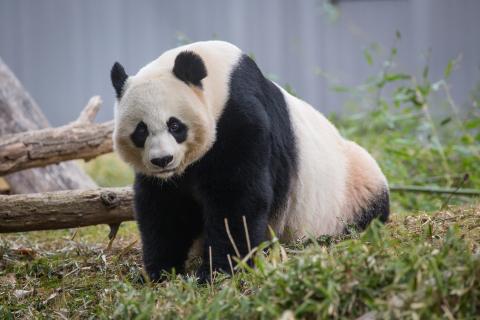
Behind the Scenes of Giant Panda Breeding Season
The beginning of March was a whirlwind at the Giant Panda Habitat. Mei Xiang finally went into peak estrus March 1 after the panda team had been monitoring her and Tian Tian 24-hours-a-day for nearly a week. There is always a lot of activity around the panda house when Mei Xiang is approaching peak...
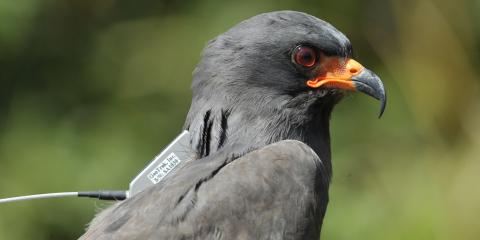
Satellite Transmitters Reveal Migratory Patterns of Snail Kites in South America
In November 2017, Smithsonian Migratory Bird Center postdoctoral fellow Alex Jahn traveled to southern Brazil to study the migration of snail kites with Brazilian colleagues at Taim Ecological Station.
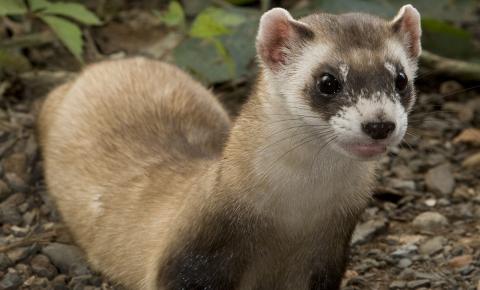
David Wildt Receives 2017 Smithsonian Distinguished Scholar Award
Senior Scientist and Head of the Center for Species Survival at the Smithsonian Conservation Biology Institute David Wildt has been chosen to receive the 2017 Smithsonian Distinguished Scholar Award in the Sciences.
Smithsonian Scientists Find Elephant-poaching Crisis Emerging in Myanmar
Scientists at the Smithsonian Conservation Biology Institute have found that poaching is an emerging crisis for Asian elephants in Myanmar. They published their findings March 13 in PLOS ONE.
Prehensile-tailed Porcupine Dies at Smithsonian’s National Zoo
A well-known prehensile-tailed porcupine named Clark died March 7 at the Smithsonian’s National Zoo. Clark had developed intermittent wheezing and a suspected upper-respiratory tract infection earlier this year that did not completely improve with antibiotic and anti-inflammatory treatment.

Two Species of Ravens Nevermore?
In a new study almost 20 years in the making, Smithsonian researchers and partners report some of the strongest evidence yet of the phenomenon of speciation reversal in two lineages of common ravens.
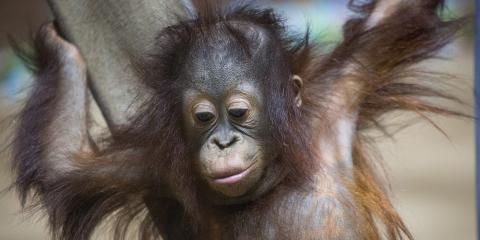
Are Orangutans Monkeys? And Other Orangutan Facts
Get the answers to your most internet-searched questions about orangutans.
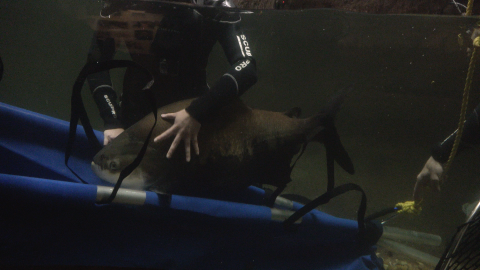
A Day in the Life of an Amazonia Keeper
Caring for creatures that live in the sea, on land and in the sky is a fun challenge for the dedicated team of animal keepers. Go behind the scenes to learn how they provide enriching environments and experiences for the animals in their care.
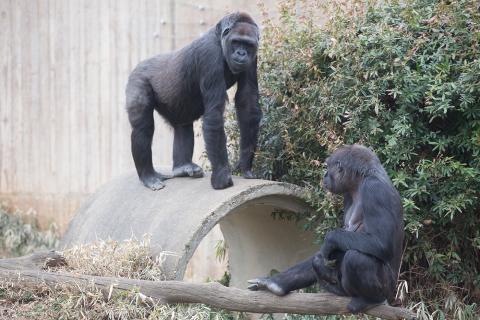
#GorillaStory: Foster Training with Mandara
Expectant animal mothers at the Smithsonian’s National Zoo often undergo maternal training to ensure that they are successful parents to their new offspring. In addition to training the mothers-to-be, animal keepers frequently train a “foster mom” in the event that a mother is unwilling or unable to...
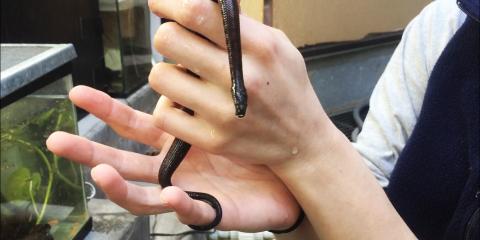
New at the Zoo: Tentacled Snake Babies
Tentacled snakes are masters of hiding in plain sight. This species is so stealthy that Reptile Discovery Center staff were surprised to discover three babies in their exhibit last December. What makes this aquatic snake so unique? In this Q&A, animal keeper Erin Stewart shares some of her favorite...
Giant Panda Mei Xiang is Artificially Inseminated at the Smithsonian’s National Zoo
A team of reproductive scientists, veterinarians and panda keepers at the Smithsonian’s National Zoo and Conservation Biology Institute performed an artificial insemination on giant panda Mei Xiang.
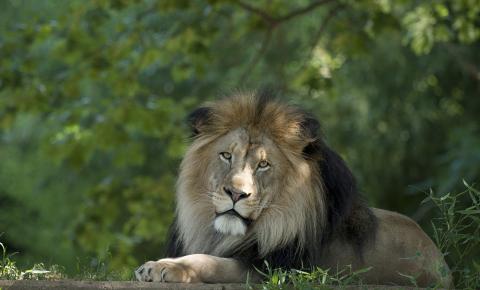
African Lion Luke Update
Visitors may have noticed that 12-year-old African lion Luke has had an on-again, off-again limp. As part of his treatment, the veterinary team is performing deep-tissue laser therapy, electroacupuncture and dry-needle acupuncture on the affected areas.
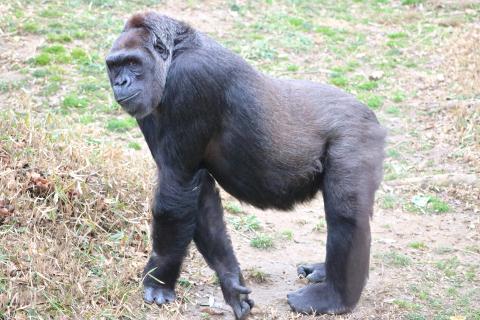
#GorillaStory: Two Troops
Family dynamics and relationships can be complicated, even among gorillas. The Smithsonian’s National Zoo’s Great Ape House is home to two groups—called troops—of western lowland gorillas. When deciding to introduce gorillas into a troop, animal care staff carefully consider each individual’s age...
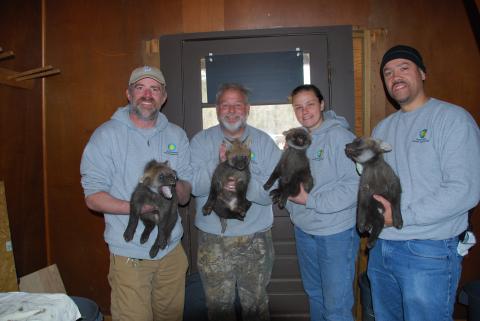
Maned Wolf Pups Get a Checkup
Four maned wolf pups were born at the Smithsonian Conservation Biology Institute Dec. 23, 2017. During much of their first weeks they were nestled in a den but are now exploring more areas of their yard.
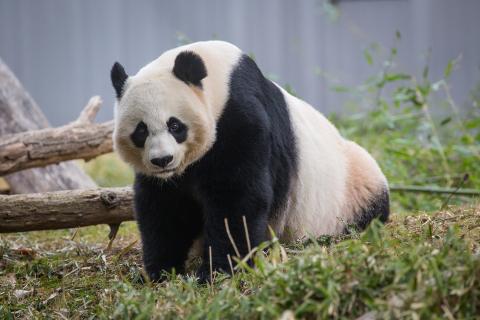
Breeding Season is in the Air
Keepers have noticed some dramatic changes in Mei Xiang and Tian Tian’s behavior during the past several days. On Saturday, Feb. 17, Mei Xiang started showing behavioral changes that indicate she may be going into estrus within the next few weeks.
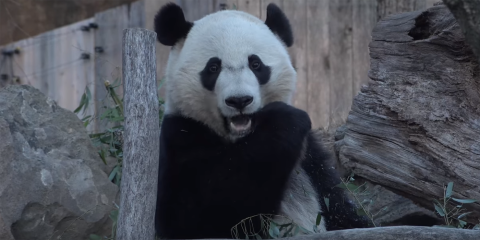
Happy Lunar New Year 2018 from Bei Bei
Giant panda Bei Bei celebrated the Lunar New Year with some special Year of the Dog enrichment!
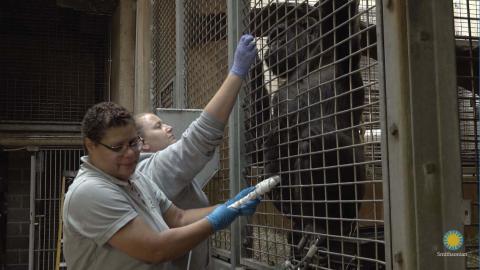
#GorillaStory: Ultrasound Training with Calaya
Primate keeper Melba Brown trained the Zoo’s pregnant western lowland gorilla, Calaya, to participate in ultrasounds.
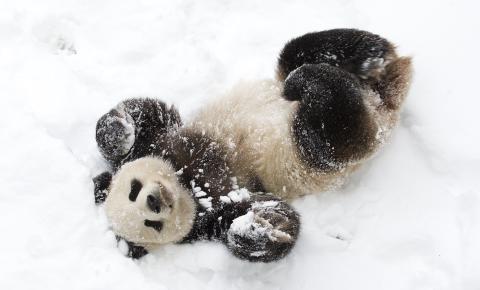
Winter Olympics, Animal-style!
Congrats and best wishes from our wild and furry team to Team USA at the 2018 Winter Olympics in PyeongChang, South Korea!
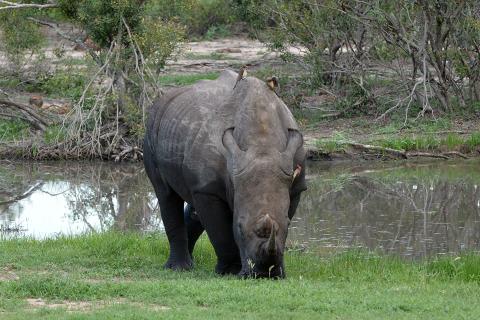
Saving Rhinos Using DNA
The future of rhinos could depend on their DNA. Scientists In collaboration with researchers in the United States, South Africa and Russia, Smithsonian Conservation Biology Institute scientist Klaus-Peter Koepfli has helped to pioneer new technology to save some of the most poached animals on our...
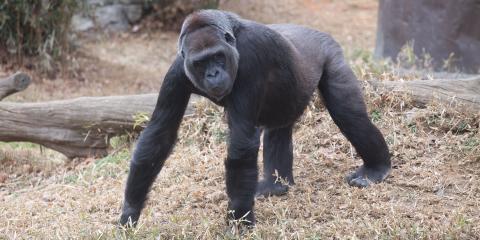
#GorillaStory: Maternal Training with Calaya
When it comes to caring for babies at the Smithsonian’s National Zoo, it takes a village. For western lowland gorilla Calaya, her village of support is the great ape animal care team and her primary keeper, Melba Brown. Every day, keepers use positive reinforcement training to teach the gorillas...
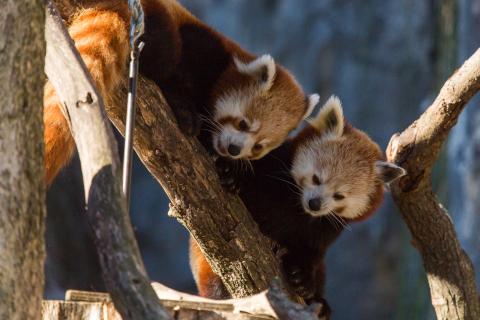
New at the Zoo: Meet Red Pandas Nutmeg and Jackie
Just in time for Valentine’s Day, two animals that are red and white and beloved by everyone made their debut on Asia Trail! Meet Nutmeg and her son, Jackie, who came to the Zoo from the Smithsonian Conservation Biology Institute in December. In this Q&A, get the scoop on the Zoo’s new red panda...

Pachyderms by the Pound
If Smithsonian Conservation Biology Institute (SCBI) endocrinologist Janine Brown could make a New Year’s resolution on behalf of North America’s elephants, it would be for them to get in shape. To better understand the role diet and exercise play in elephant health, she studied the animals’...
